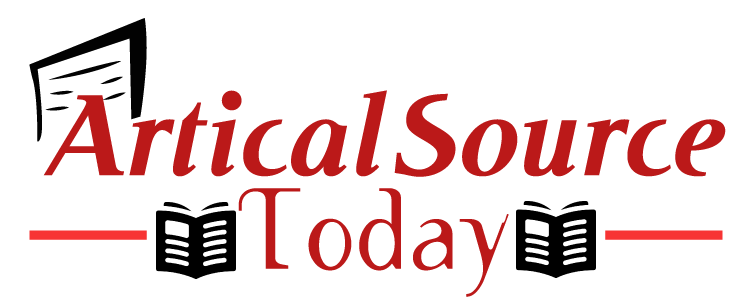How Do You Carry Out an Inclusive Leadership Assessment?

The problem we often face in evaluating the quality of any relationship is that it is never static. Inclusive leadership assessment faces similar challenges when we look at qualitative assessments. Today’s results are a snapshot of a point in time when it comes to the nitty gritty of the output received across the spectrum of questions asked. Even good relationships are never totally happy and trouble-free constantly.
Bearing this in mind, it is important to understand that with diversity and inclusion in the workplace we need to look at steady positive qualitative moves over time. Over time, we will undoubtedly get a more reliable reading on whether we are making sustainable progress in achieving meaningful diversity and inclusion management strides towards our goals.
Never measure for measurement’s sake
We must always also have clarity on the reason we are doing inclusive leadership assessments. This is never to tick a box to say everything is okay or that we have arrived. It’s about more thoroughly understanding the work still to be done to develop the type of inclusive leadership that is meaningful to everyone. We need diversity and inclusion in the workplace to be functioning properly at both an emotional and practical level.
Inclusive leadership assessments will point to whether there is a need for more diversity and inclusion online courses or further training for management in inclusive leadership. So measurement of inclusive leadership is very useful for the organisation to get a general bird’s eye view of the general health of diversity and inclusion management within its structures.
Assessments allow for fine-tuning and decision-making on further initiatives. However, the most valuable use of inclusive leadership assessments is to enable individual reflection of leaders as well as engagement between individuals and teams on the status of their relationships. A good assessment will allow leaders to ask the relevant questions to check whether the needs and expectations of people are truly being met and to map a way forward collaboratively to maximise the chances of improvement.
Scaling up
One can never take inclusive leadership assessment simply at face value as an accurate measure of success. It is an opportunity to probe deeper and stretch ourselves even more. Online equality and diversity training would have helped dispel any notion that we can be complacent even with measurements that point to positive trends. They act as encouragement that we are on the right course, but are no confirmation of final arrival.
Diversity and inclusion online courses teach us that we are on a growth and developmental journey when we set a path to embrace the essence of all people in more qualitative, intimate relationships within the workplace. This context should always be revisited when analysing inclusive leadership assessments. We need to balance focusing honestly on the positive aspects of the relationship and what is working well against input and feedback on where opportunity still lies. Our capacity to maintain a good mental equilibrium about the multitude of aspects within any relationship will enhance the mutual growth process with the prospect of better and better results.
Inclusive leadership assessment will act as an anchor in relationship assessment that allows us to pause and take stock before we host the anchor yet again and continue on our journey of mutual discovery, having contributed to shared growth.

